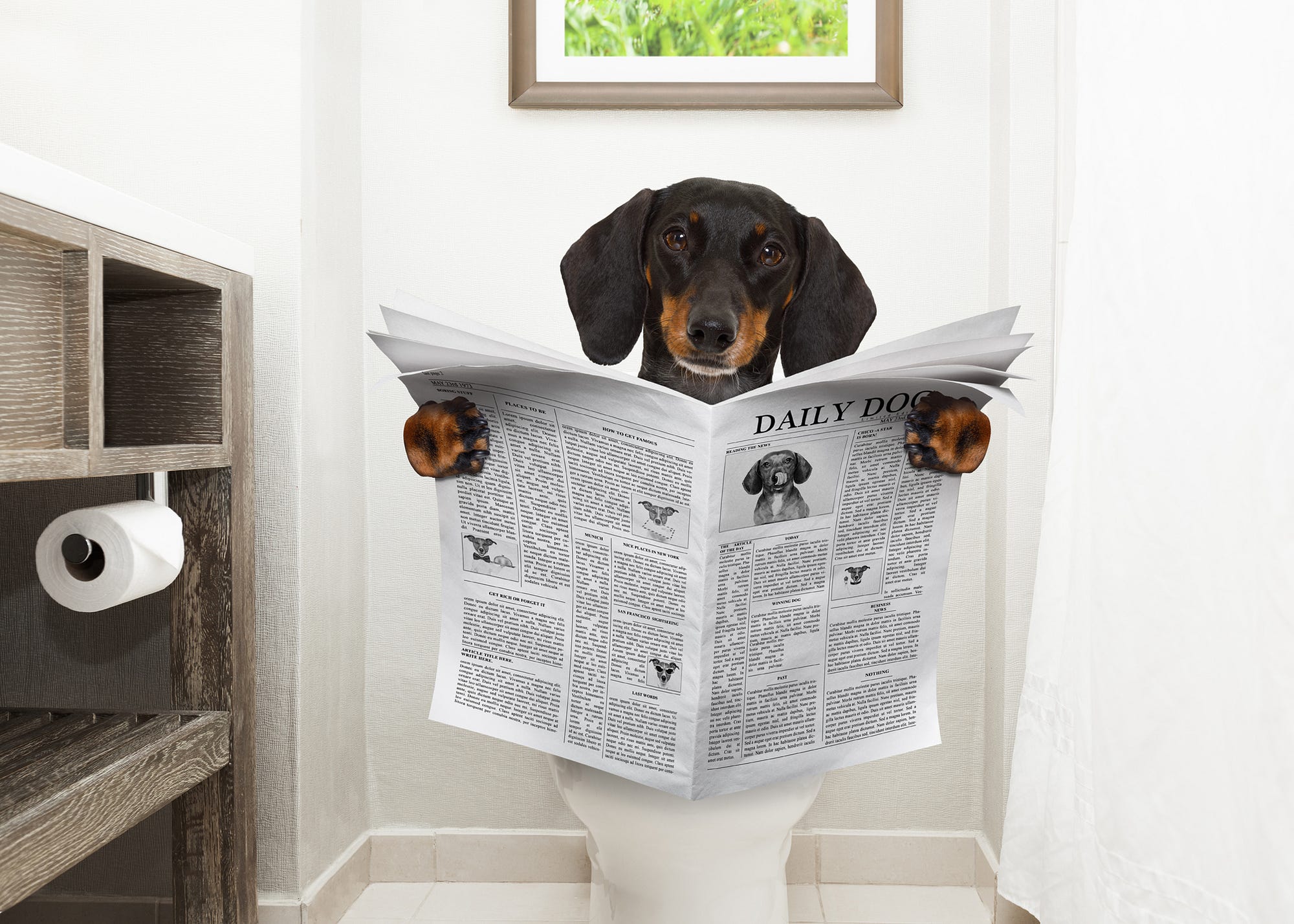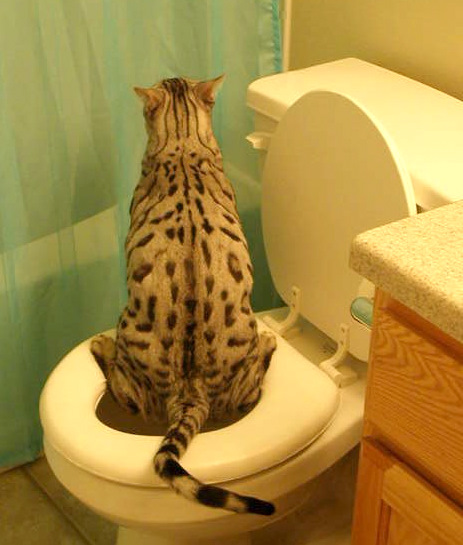My Significance of Not Flushing Animal Waste Down the Toilet
My Significance of Not Flushing Animal Waste Down the Toilet
Blog Article
We've uncovered the article about 4 Reasons Why Dog Poop Cleanup is Important below on the internet and believe it made perfect sense to discuss it with you over here.

When it pertains to taking care of waste, especially animal waste, many people usually turn to the convenient option of flushing it down the toilet. Nevertheless, this seemingly easy solution can have serious repercussions for the environment and public health. In this short article, we'll check out why flushing animal waste down the bathroom is a bad idea and give alternate techniques for appropriate disposal.
Intro
Appropriate waste disposal is essential for preserving ecological sustainability and public health. While it might seem safe to flush animal waste down the bathroom, it can result in various issues, both for the atmosphere and human health.
Dangers of flushing animal waste
Environmental influence
Flushing animal waste presents hazardous bacteria and pathogens right into waterways, which can negatively influence aquatic communities. These virus can contaminate water sources and harm aquatic life, interrupting delicate environments.
Public health issues
Pet waste contains hazardous germs such as E. coli and Salmonella, which can posture major wellness dangers to human beings. Flushing pet waste down the commode can pollute water products, causing the spread of illness and infections.
Alternatives to flushing
Instead of purging pet waste down the commode, there are a number of alternative disposal approaches that are much more eco-friendly and hygienic.
Composting
Composting animal waste is an environmentally friendly method to deal with it. By composting, raw material is broken down into nutrient-rich soil, which can be used to fertilize gardens and plants.
Garbage dump disposal
Disposing of animal waste in a garbage dump is an additional alternative. While not as eco-friendly as composting, it is a much safer choice to flushing, as it avoids the contamination of water sources.
Pet garbage disposal systems
There are specific family pet garbage disposal systems available that securely and hygienically deal with pet waste. These systems typically use enzymes to break down waste and eliminate smells.
Actions to appropriate pet waste disposal
To guarantee proper disposal of pet waste, adhere to these steps:
Scooping and nabbing waste
Regularly scoop and bag pet waste utilizing naturally degradable bags. This prevents waste from contaminating the atmosphere.
Using marked waste containers
Dispose of bagged pet waste in assigned waste bins, such as garden compost bins or garbage dump bins. Stay clear of flushing it down the toilet at all costs.
Cleansing can and pet dog locations frequently
Frequently clean litter boxes and pet locations to prevent the build-up of waste and bacteria. Usage pet-safe cleansing products to preserve hygiene.
Advantages of appropriate disposal approaches
Adopting appropriate disposal techniques for animal waste provides several advantages:
Reduced environmental pollution
Correct disposal approaches reduce the threat of environmental pollution, protecting waterways and ecological communities from contamination
Minimized danger of water contamination.
By staying clear of flushing pet waste down the commode, the threat of water contamination is dramatically lowered, protecting public health.
Boosted cleanliness and hygiene
Appropriate disposal techniques advertise much better hygiene and hygiene, producing a safer atmosphere for both people and animals.
Final thought
To conclude, flushing pet waste down the toilet is harmful to the atmosphere and public health. By adopting alternate disposal methods and adhering to appropriate waste administration practices, we can reduce the adverse influence of animal waste and contribute to a cleaner, much healthier earth.
What To Do With Dog Poo – The Do's And Don'ts Of Disposing Of Faeces
Dog poo bins
Some councils provide dedicated dog waste bins in popular dog-walking areas that can take dog poo that has been bagged but you can legally dispose of dog waste in any public litter bin, as long as it is securely bagged. This also applies to your wheelie bin at home.
Do not flush
Water companies do not recommend flushing dog faeces down the toilet because certain parasites can survive the water processing treatment and are potentially harmful to humans. You should also never consider flushing dog poo that has been bagged down the toilet as the bags will not break down and instead create severe blockages in the sewage system.
In the woods
The Forestry Commission promotes a ‘stick and flick’ method for dealing with waste in the woods. This means finding a stick and using it to flick any poo from off the path so that it is out of the way of other walkers. You could also bury it as long as it is not in an area where there might be livestock.
Livestock
Parasites found in dog poo can be transmitted to livestock if they inadvertently eat infected faeces that has been left on grazing land. This could result in the death of sheep or abortion in cattle so you should always make sure you pick up your dog’s waste in fields where livestock could be present.

Frequently clean litter boxes and pet locations to prevent the build-up of waste and bacteria. Usage pet-safe cleansing products to preserve hygiene.
Advantages of appropriate disposal approaches
Adopting appropriate disposal techniques for animal waste provides several advantages:
Reduced environmental pollution
Correct disposal approaches reduce the threat of environmental pollution, protecting waterways and ecological communities from contamination
Minimized danger of water contamination.
By staying clear of flushing pet waste down the commode, the threat of water contamination is dramatically lowered, protecting public health.
Boosted cleanliness and hygiene
Appropriate disposal techniques advertise much better hygiene and hygiene, producing a safer atmosphere for both people and animals.
Final thought
To conclude, flushing pet waste down the toilet is harmful to the atmosphere and public health. By adopting alternate disposal methods and adhering to appropriate waste administration practices, we can reduce the adverse influence of animal waste and contribute to a cleaner, much healthier earth.
What To Do With Dog Poo – The Do's And Don'ts Of Disposing Of Faeces
Dog poo bins
Some councils provide dedicated dog waste bins in popular dog-walking areas that can take dog poo that has been bagged but you can legally dispose of dog waste in any public litter bin, as long as it is securely bagged. This also applies to your wheelie bin at home.
Do not flush
Water companies do not recommend flushing dog faeces down the toilet because certain parasites can survive the water processing treatment and are potentially harmful to humans. You should also never consider flushing dog poo that has been bagged down the toilet as the bags will not break down and instead create severe blockages in the sewage system.
In the woods
The Forestry Commission promotes a ‘stick and flick’ method for dealing with waste in the woods. This means finding a stick and using it to flick any poo from off the path so that it is out of the way of other walkers. You could also bury it as long as it is not in an area where there might be livestock.
Livestock
Parasites found in dog poo can be transmitted to livestock if they inadvertently eat infected faeces that has been left on grazing land. This could result in the death of sheep or abortion in cattle so you should always make sure you pick up your dog’s waste in fields where livestock could be present.

As a devoted reader about 4 Reasons Why Dog Poop Cleanup is Important, I figured sharing that article post was necessary. If you appreciated our blog entry kindly make sure you remember to pass it around. I take joy in your readership.
Call Report this page